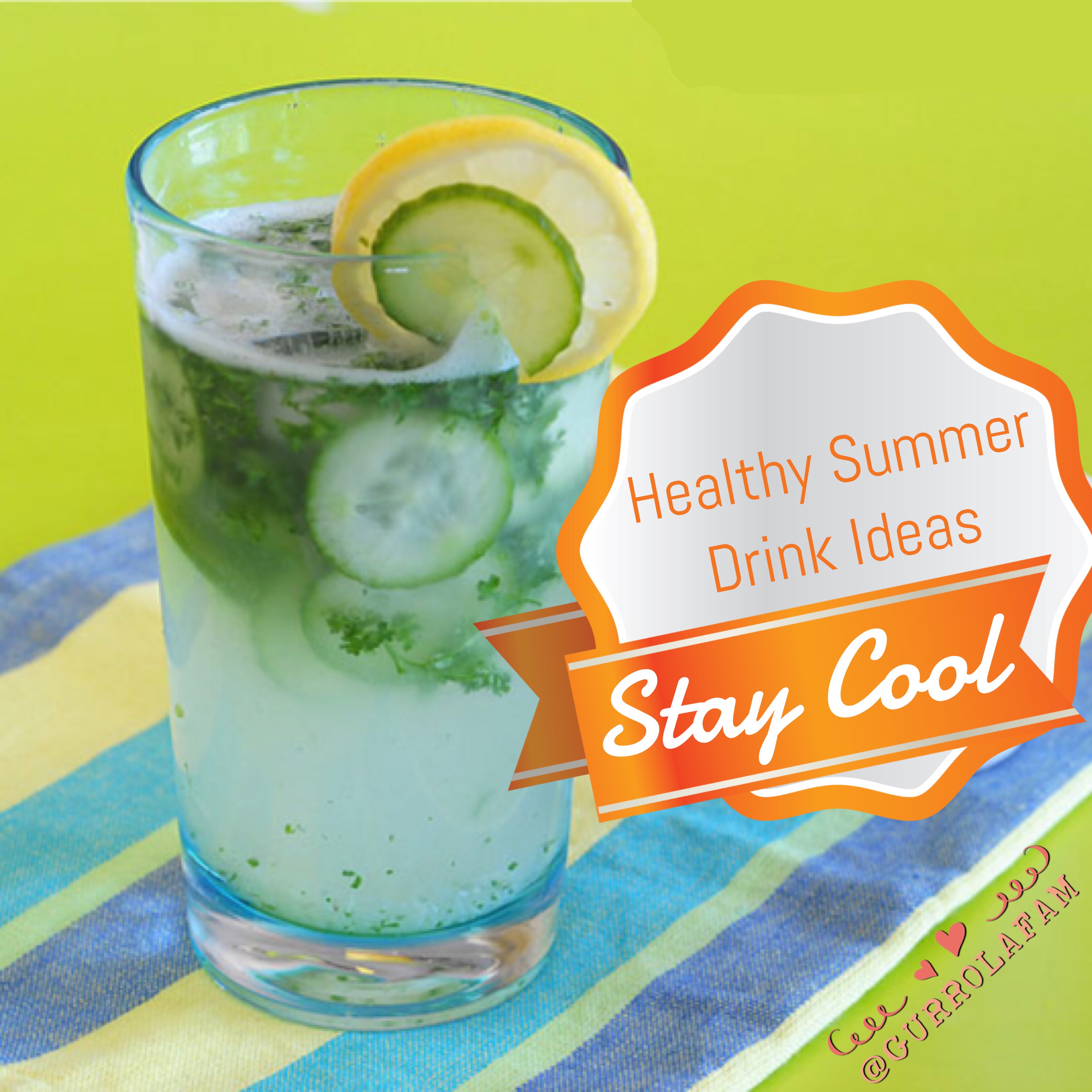
Summer is here! Well in Central California at least! Here’s a healthy & tasty way to keep cool!
Cucumbers are very refreshing and hydrating. While they are composed mostly of water, the skin is rich in fiber and contains silica, potassium, and magnesium. A lot of people don’t like the skins of cucumbers, but they are worth eating so you can get those minerals. Make sure you use organic cucumbers if you’re going to eat the skin.
Coconut water is very hydrating and is full of natural electrolytes.
Parsley is full of nutrition with a large amount of available vitamin K, C, and A, along with anti-oxidants that help cleanse the blood. Parsley is also a great source of folic acid, which is one of the most important B vitamins. To green smoothies and beverages, parsley adds a mild “green” flavor that is light and refreshing. Because of the high nutritional value of parsley, I’ve started keeping it on hand regularly and I use it in just about everything.
You could add a variety of ingredients to this recipe. Watermelon would be divine. Honeydew would also be a delicious flavor to compliment the cucumber and citrus.
Ingredients
• 2 cups coconut water
• 1 small cucumber, washed and thinly sliced or chopped
• ½ cup fresh lemon juice
• 1 large bunch parsley, chopped fine
• 1 tsp. fresh, grated ginger
• ½ tsp raw honey
• ice
Instructions
There are two ways you can make this – it’s delicious either way:
1. Chop the cucumber and parsley and add to a quart jar. Add the honey, coconut water, lemon juice, and ice. With a tight fitting lid, shake vigorously until combined. Serve immediately. When you get done with the beverage, you’ll have a fresh little salad in the bottom of your glass. Some people might think this is weird – I thought it was tasty.
2. In a blender, add all the ingredients, except the ice and pulse to combine. Pour over ice and serve. If you want it more like a slushee texture, add some ice and blend to desired consistency.
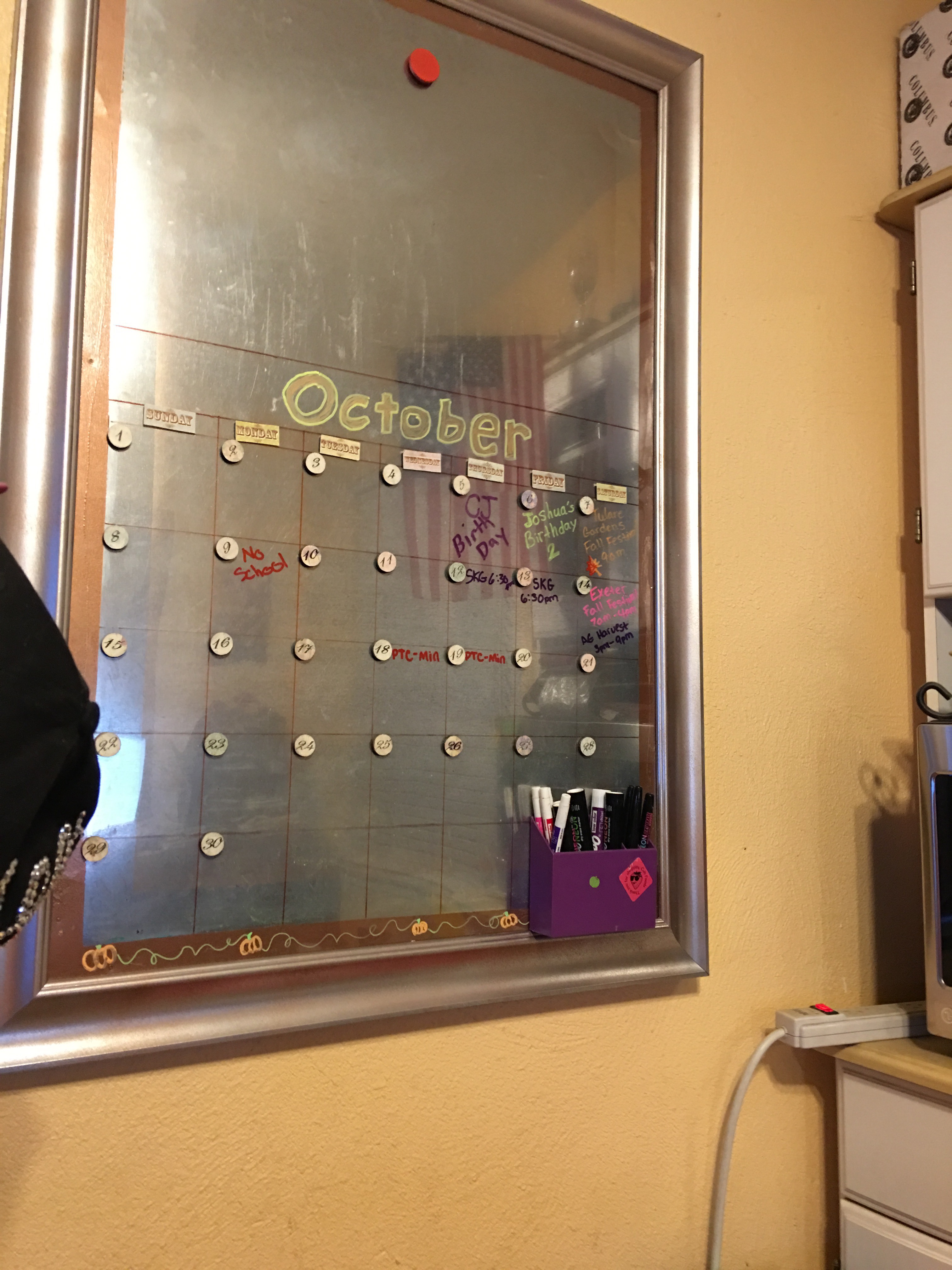 Here’s a simple way to make a fancy customized calendar/event board. If you’re tired of everyone in your family clipping everything to the refrigerator & it falling off each time someone opens it…. then this DIY is for you!
Here’s a simple way to make a fancy customized calendar/event board. If you’re tired of everyone in your family clipping everything to the refrigerator & it falling off each time someone opens it…. then this DIY is for you!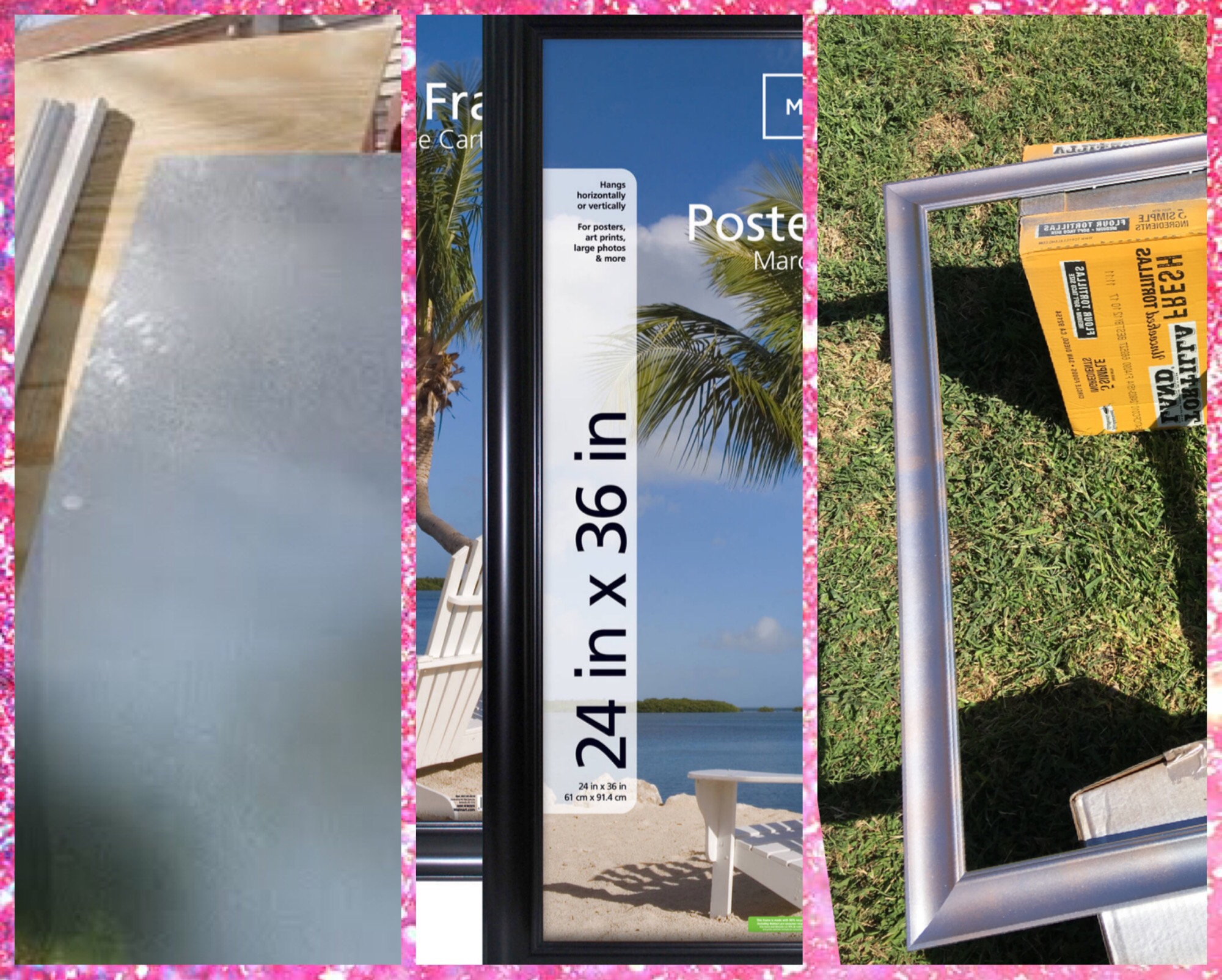
 There’s a few Vacation Bible School’s going this summer! Check ’em out!
There’s a few Vacation Bible School’s going this summer! Check ’em out!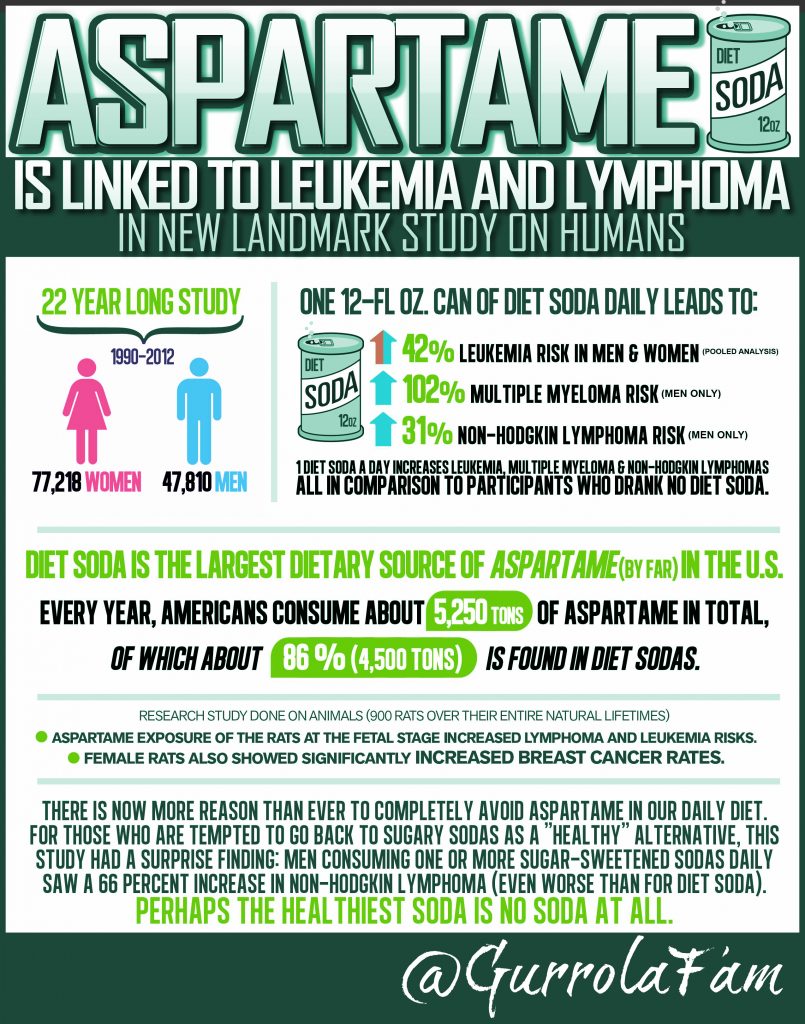 As few as one diet soda daily may increase the risk for leukemia in men and women, and for multiple myeloma and non-Hodgkin lymphoma in men, according to new results from the longest-ever running study on aspartame as a carcinogen in humans. Importantly, this is the most comprehensive, long-term study ever completed on this topic, so it holds more weight than other past studies which appeared to show no risk. And disturbingly, it may also open the door for further similar findings on other cancers in future studies.
As few as one diet soda daily may increase the risk for leukemia in men and women, and for multiple myeloma and non-Hodgkin lymphoma in men, according to new results from the longest-ever running study on aspartame as a carcinogen in humans. Importantly, this is the most comprehensive, long-term study ever completed on this topic, so it holds more weight than other past studies which appeared to show no risk. And disturbingly, it may also open the door for further similar findings on other cancers in future studies.
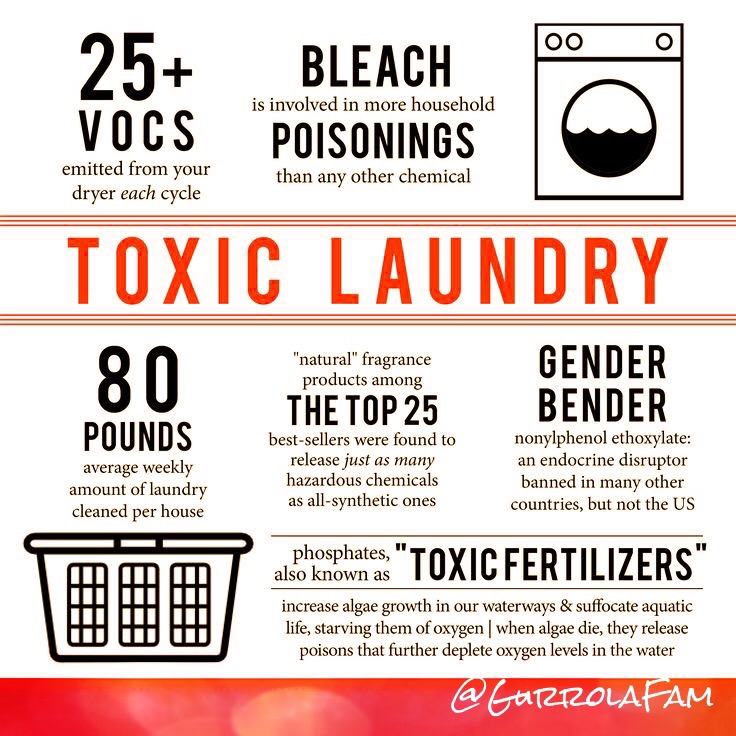
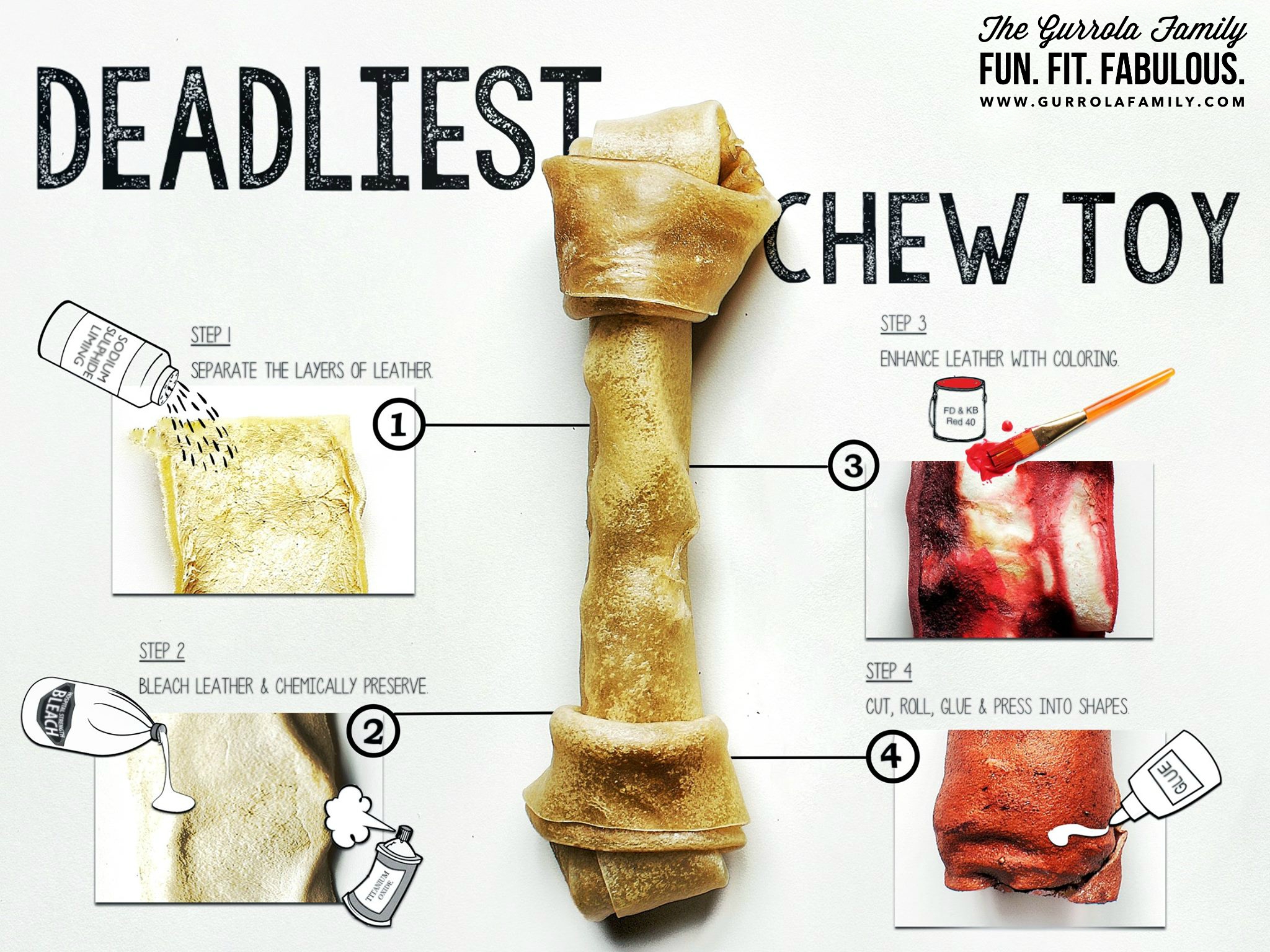
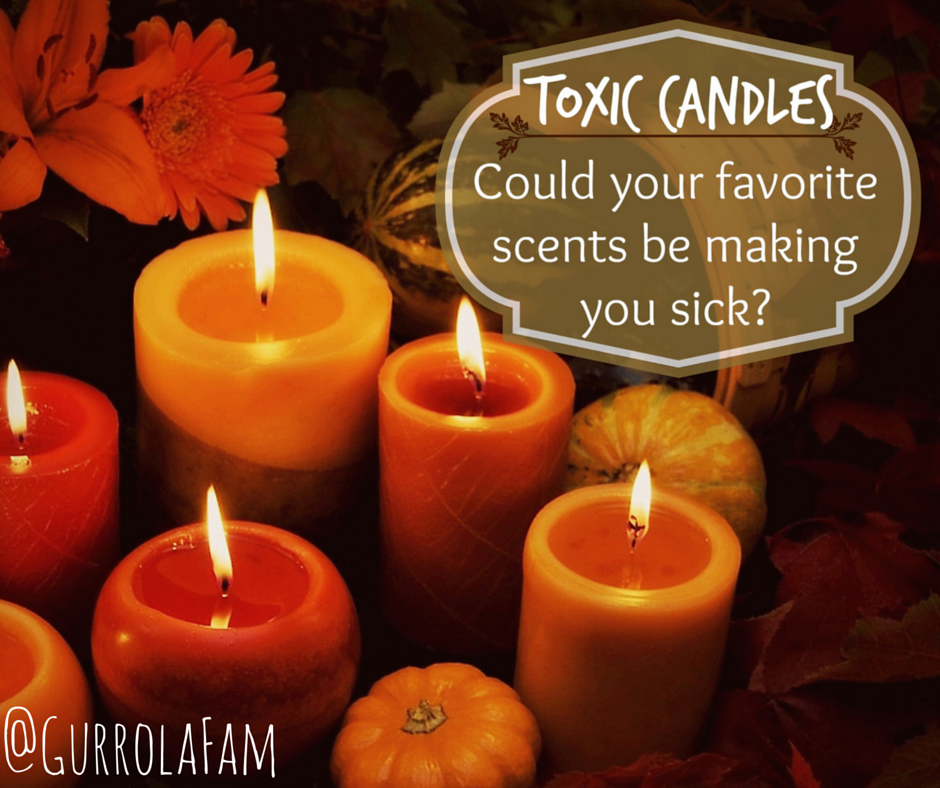 What is really in a candle?
What is really in a candle?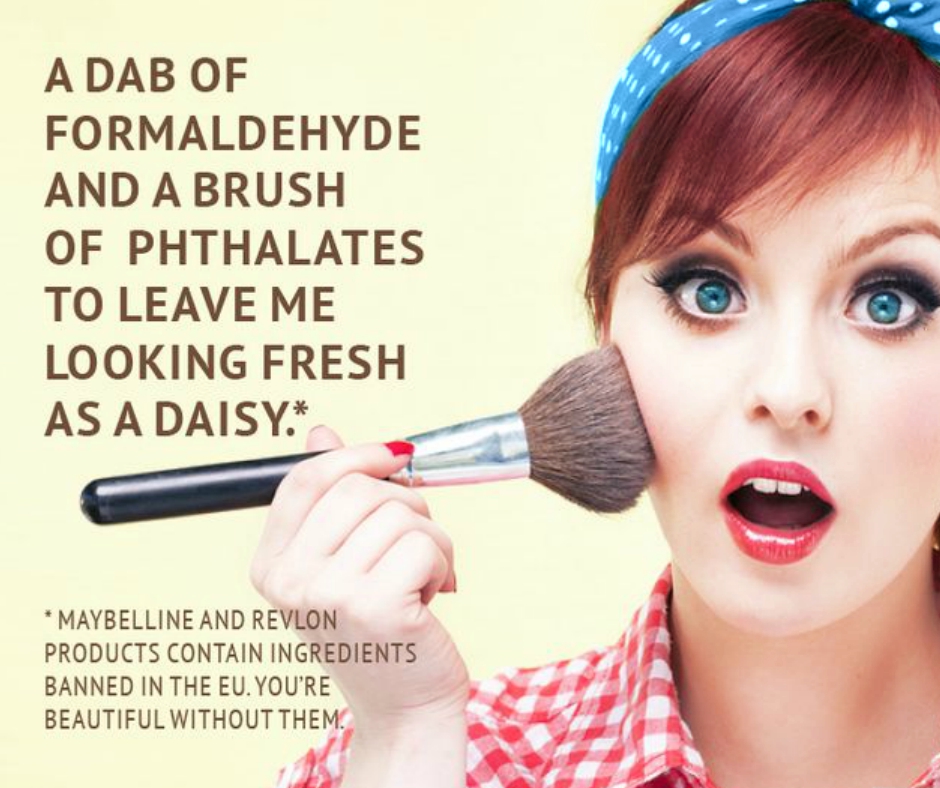 Almost 8 months ago now we made the decision to go ‘chemical free’ in our home and our lifestyle. It seemed the natural step after understanding the importance of what we put in our body i.e. food. Research just gradually led us to discovering that what we put on our body, breathe in through our lungs and cleaned my environment in all matters too. We were really motivated by just wanting to teach our kids to live the best life possible by making wise decisions. We see so many kids who are being taught that McDonald’s and other fast food places is like a rite of passage and we constantly hear “if you’re “good” we’ll go to that fast food place with the playground”. Then parents are wondering why there’s a rise in children’s diseases like cancers and other immune disorders. If we know better we should do better. Well we KNOW that we want a better life than that for our kids.
Almost 8 months ago now we made the decision to go ‘chemical free’ in our home and our lifestyle. It seemed the natural step after understanding the importance of what we put in our body i.e. food. Research just gradually led us to discovering that what we put on our body, breathe in through our lungs and cleaned my environment in all matters too. We were really motivated by just wanting to teach our kids to live the best life possible by making wise decisions. We see so many kids who are being taught that McDonald’s and other fast food places is like a rite of passage and we constantly hear “if you’re “good” we’ll go to that fast food place with the playground”. Then parents are wondering why there’s a rise in children’s diseases like cancers and other immune disorders. If we know better we should do better. Well we KNOW that we want a better life than that for our kids.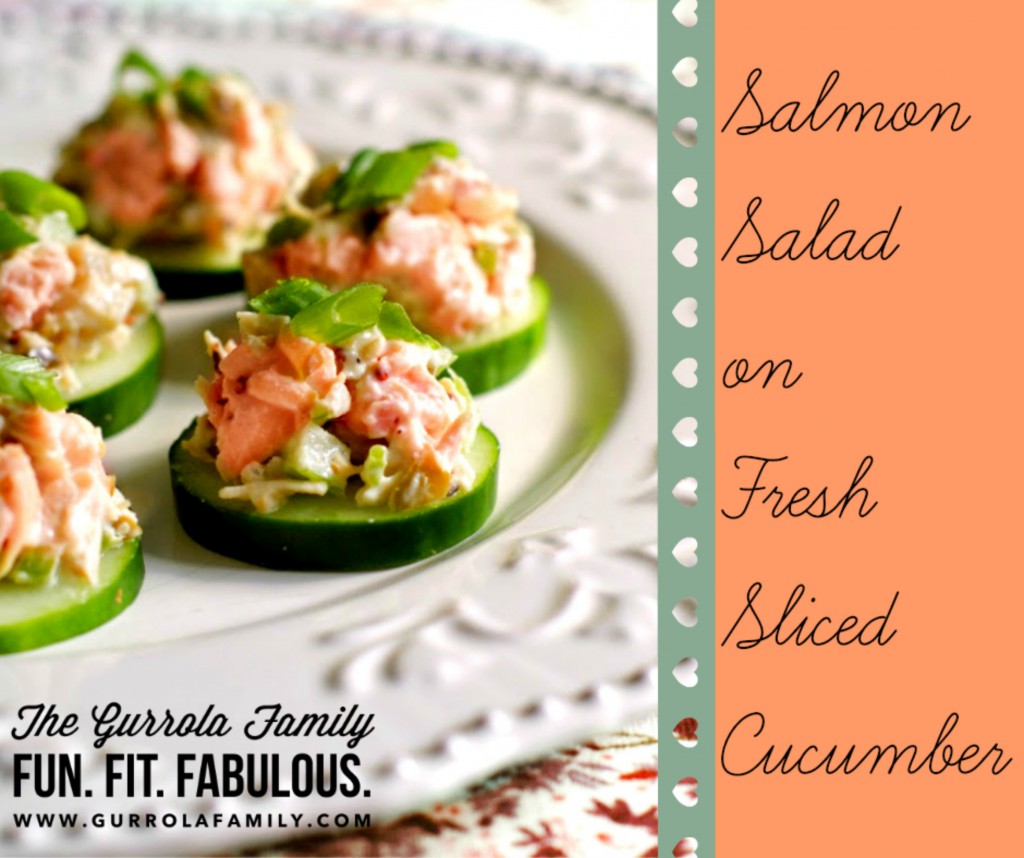 Ingredients
Ingredients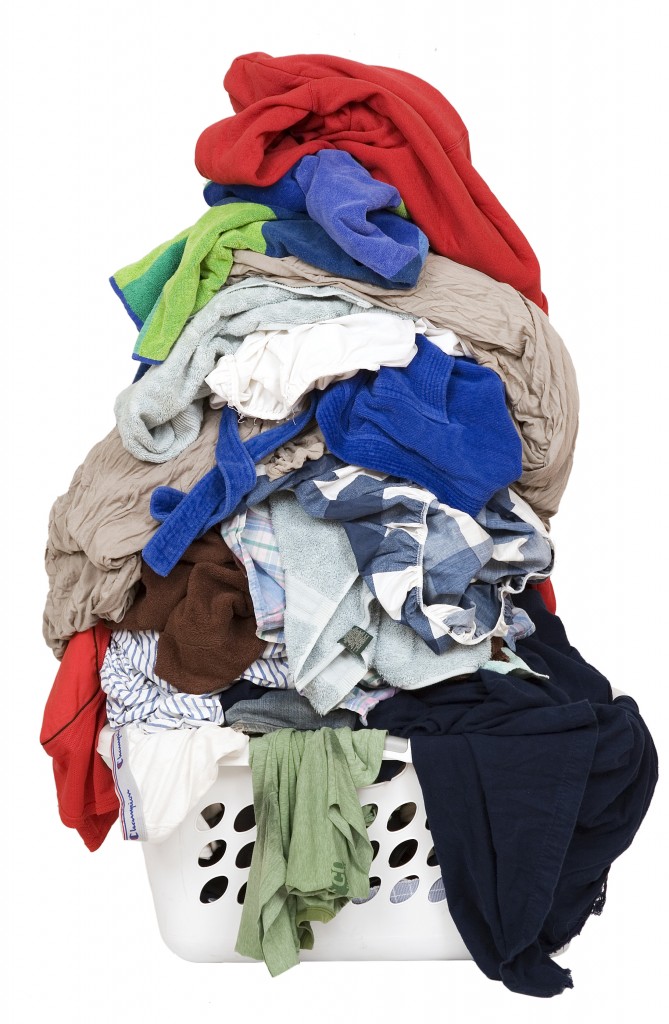 If you have any children chances are you have several of these baskets just like this at least once a week if not more.
If you have any children chances are you have several of these baskets just like this at least once a week if not more.